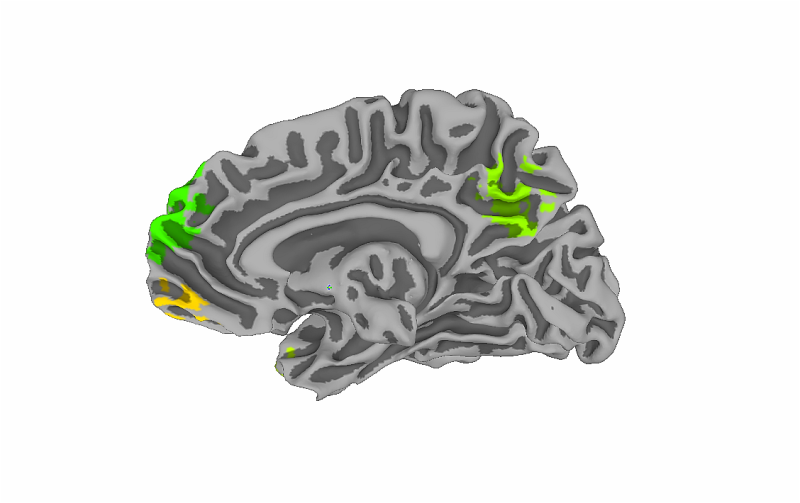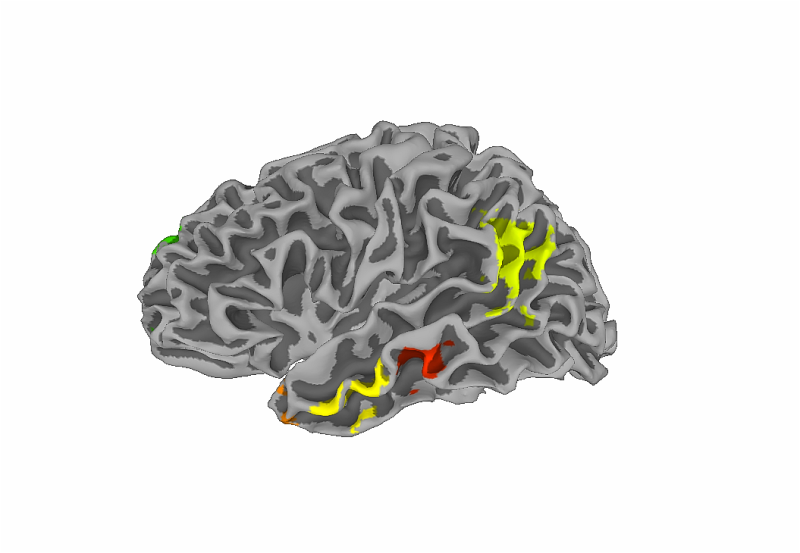Neuroimaging technology reveals why we choose sustainable products

Many of your everyday purchases might seem like no-brainers, but according to a new study from Carnegie Mellon University's Department of Mechanical Engineering, your choices are more complex than you might think.
Ph.D. student Kosa Goucher-Lambert, along with Professor Jonathan Cagan and Mississippi State University Professor Jarrod Moss, looked at brain activity to learn more about how we make decisions about the products we buy and how they impact the environment. The study, titled "Inside the Mind: Neuroimaging to Understand Moral Product Preference Judgments Involving Sustainability," was recently published in ASME Journal of Mechanical Design.
The research team used functional magnetic resonance imaging (fMRI) to investigate the neural processes behind sustainable preference judgments that involve products for which we do or do not know the environmental impact.
"People care about the environment. That may be genuine, but the choices we make on a day-to-day basis don't always reflect that reality," explains Goucher-Lambert. "The environmental impact of products on society is a hot topic, and we're trying to figure out why people choose or don't choose the products that are more sustainable."
By leveraging Carnegie Mellon's Scientific Imaging & Brain Research Center (SIBR), the research team asked study participants to choose between two product variations while in an MRI machine. For some pairs, participants were only given information about the form, function and price of each product. For example, when asked to choose between two water bottles, the participants only considered attributes like the shape, material and durability.

But for other pairs, participants were also given information about the environmental impact of each product. Based on previous studies, Goucher-Lambert and Cagan predicted that the presence of environmental impact information would affect preference judgments. But why?
Thanks to neuroimaging technology, the researchers could now pinpoint which areas of the brain were activated while participants worked through this decision-making process. As suspected, areas of the brain associated with emotion were very active when participants had to choose between all products. Other findings were more surprising.
"We found that when people are choosing products where the environmental impact is a factor, the areas of the brain associated with "theory of mind" are activated. That means people are especially conscious of what other people in society are going to think about their actions," says Goucher-Lambert.
When it comes to choosing sustainable products, consumers care more about what other people will think about them if they choose that product or not. Additionally, the performance or functionality of the product becomes more important when people are considering the environmental impact, while the importance of the look and price becomes less important.
This research can inform future product designers on what to consider if they want to design sustainable products that appeal to more consumers. The researchers believe this study, at the interface of psychology, neuroscience and engineering design, could also lead to more research that uses neuroimaging technology to answer important questions in the engineering design community.
"We're engineers studying design, and we're using neuroimaging technology as a tool to uncover what happens during the design process. We're really interested in understanding the thought process behind design. Part of that is understanding how people make decisions and the factors that influence those decisions," says Cagan.
More information: Goucher-Lambert K, Moss J, Cagan J. Inside the Mind: Using Neuroimaging to Understand Moral Product Preference Judgments Involving Sustainability. ASME. J. Mech. Des. 2017;139(4):041103-041103-11. DOI: 10.1115/1.4035859
















